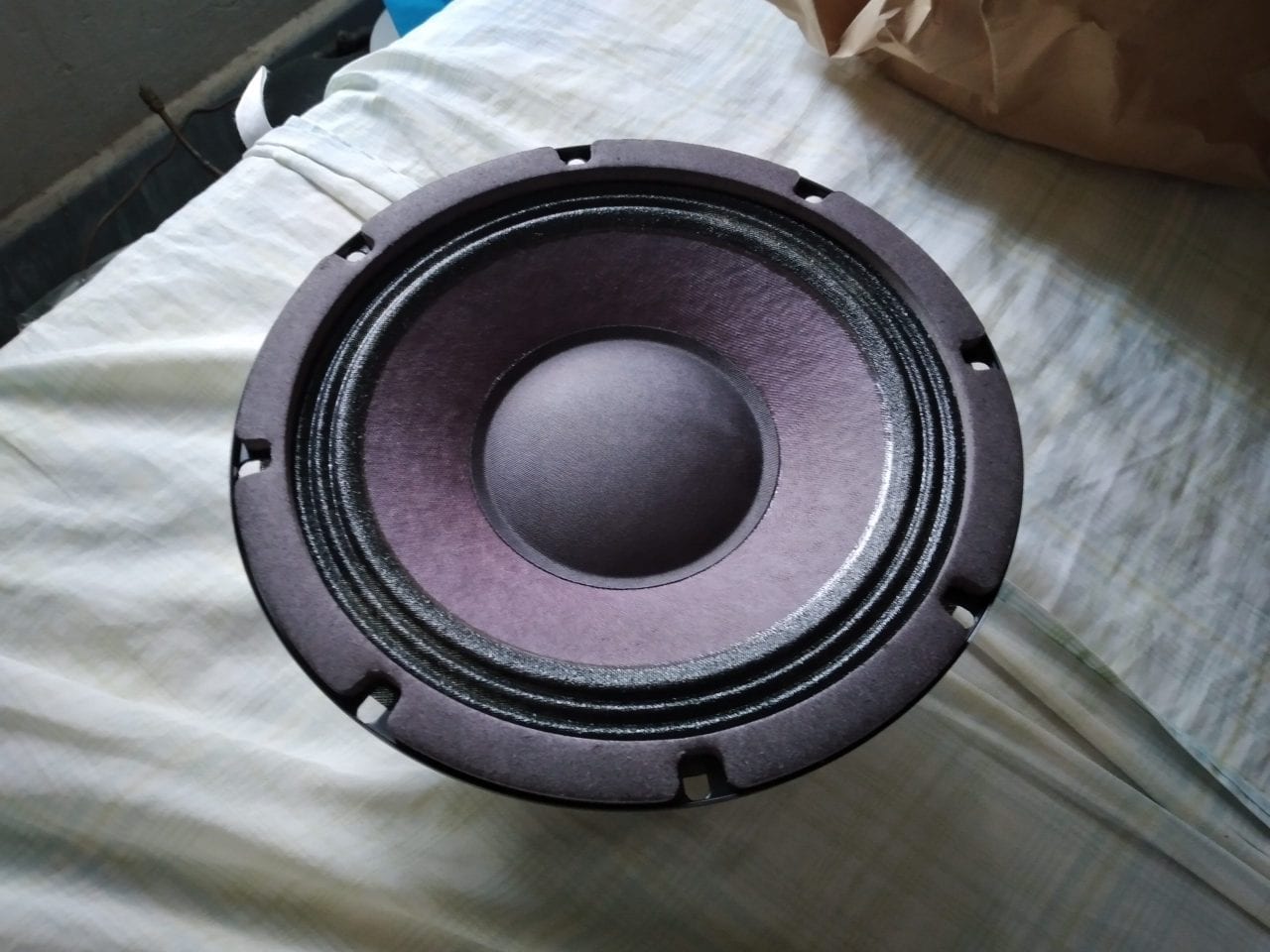A low-pass filter is an electronic circuit designed to block the passage of signals above a certain frequency. Such a filter’s purpose is to allow only signals below its cutoff frequency to pass through. These filters are usually incorporated in speaker crossovers to prevent subwoofers from playing midrange and treble frequencies. However, that isn’t their only use case. They may also be used to allow the passage of only certain bass frequencies (for a mid-bass woofer, for example), or only certain midrange frequencies.
When used in speaker systems, a low-pass filter’s primary purpose is to prevent drivers from playing frequencies that they are not supposed to play. This is because operating a speaker outside of its intended frequency range may cause distortion or significantly degrade sound quality. For example:
- Subwoofers generally don’t play midrange frequencies well.
- Midranges don’t play treble well.
- Subwoofers don’t play treble well.
Let’s pretend that we have 3 drivers we want to build a speaker with (the intended frequency range is to the right):
- Woofer: 40 Hz to 95 Hz.
- Midrange: 95 Hz to 5,000 Hz.
- Tweeter: 5,000 Hz to 18,000 Hz.
This means that we should not supply the woofer with signals above 95 Hz, the midrange with frequencies above 5,000 Hz, and so fourth. A series of low-pass filters can solve this problem. For example: A low-pass filter that blocks frequencies above 95 Hz for the woofer. This way, the woofer won’t try to play treble (which would be of poor quality).







